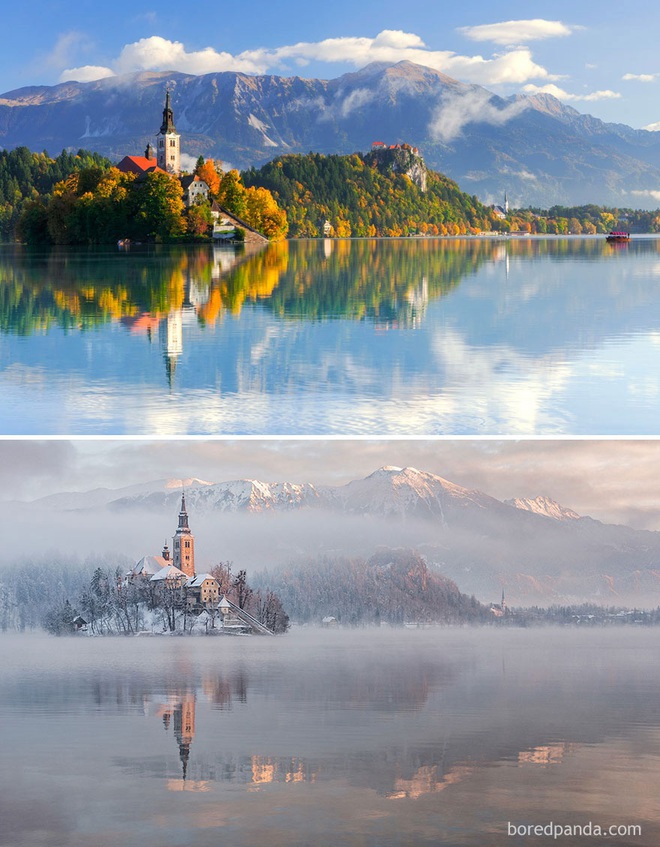
Lake Bled, located in Slovenia, has captivated visitors for decades with its timeless beauty and serene atmosphere. Since 1926, this picturesque destination has remained a beacon of natural splendor and cultural allure.

In 1926, Lake Bled was already renowned for its stunning emerald-green waters, nestled amidst the Julian Alps. The lake, encompassing Bled Island with its iconic Church of the Assumption, exuded a mystical charm even then. Visitors were drawn to the tranquility of its surroundings, where the castle perched on a cliff and the dense forests created a backdrop straight out of a fairy tale.

Fast forward to the present day, and Lake Bled continues to enchant travelers from around the globe. Its timeless beauty remains intact, with the same crystalline waters reflecting the surrounding peaks. The pilgrimage to Bled Island still beckons, where couples make wishes by ringing the church bell and where photographers capture the essence of peace and spirituality.

Modern amenities have enhanced the visitor experience without compromising the area’s natural integrity. Tourists can now explore the lake by traditional wooden pletna boats or rowboats, offering intimate views of the island and castle. Adventurous souls hike through nearby trails, discovering hidden waterfalls and panoramic viewpoints that showcase the lake’s expansive beauty.

Local cuisine adds another layer to the Lake Bled experience, with cream cakes (kremna rezina) served in lakeside cafes and restaurants offering traditional Slovenian dishes. The surrounding region invites exploration, with opportunities for skiing in winter and hiking or cycling in summer, ensuring year-round appeal.
Despite changes over the decades, Lake Bled remains a symbol of Slovenia’s natural and cultural heritage. Its ability to evoke a sense of wonder and tranquility, whether in 1926 or today, illustrates its enduring charm as one of Europe’s most captivating destinations.





